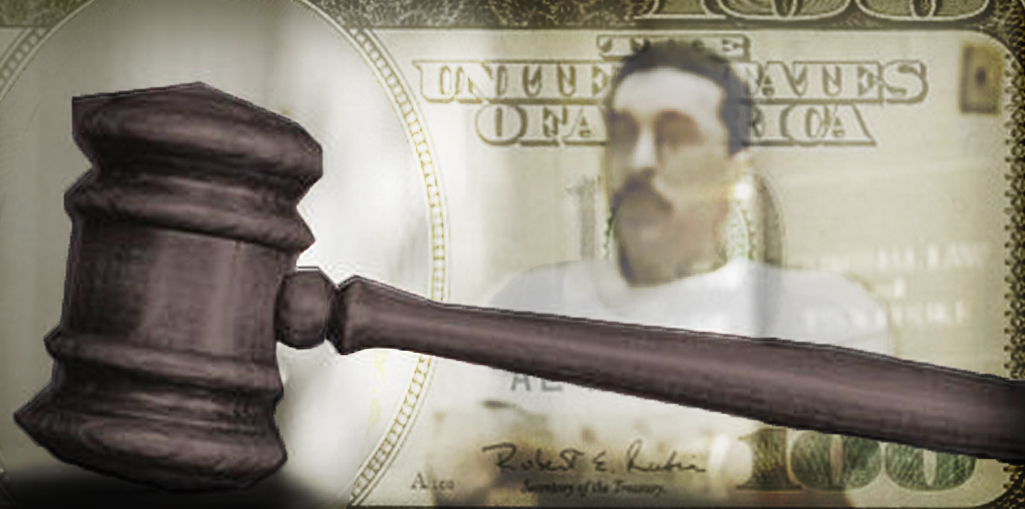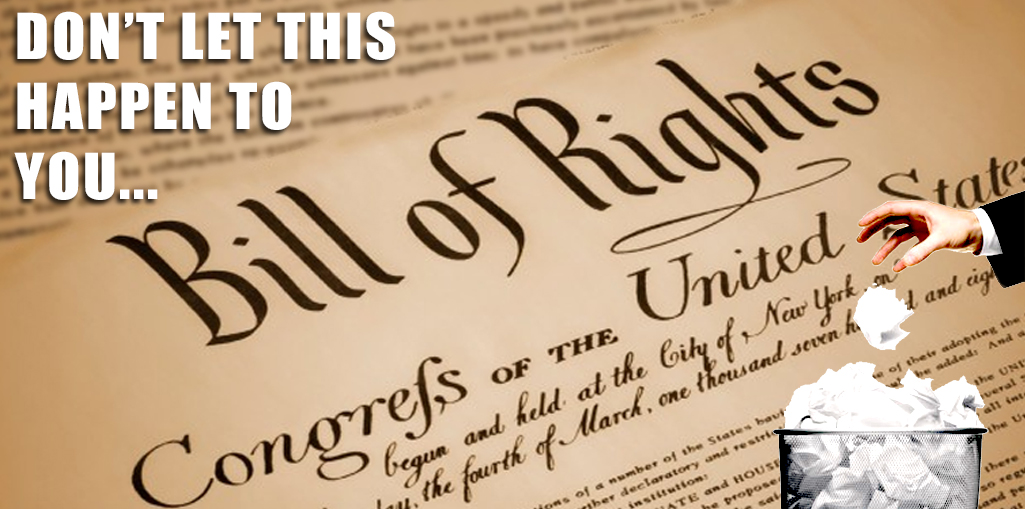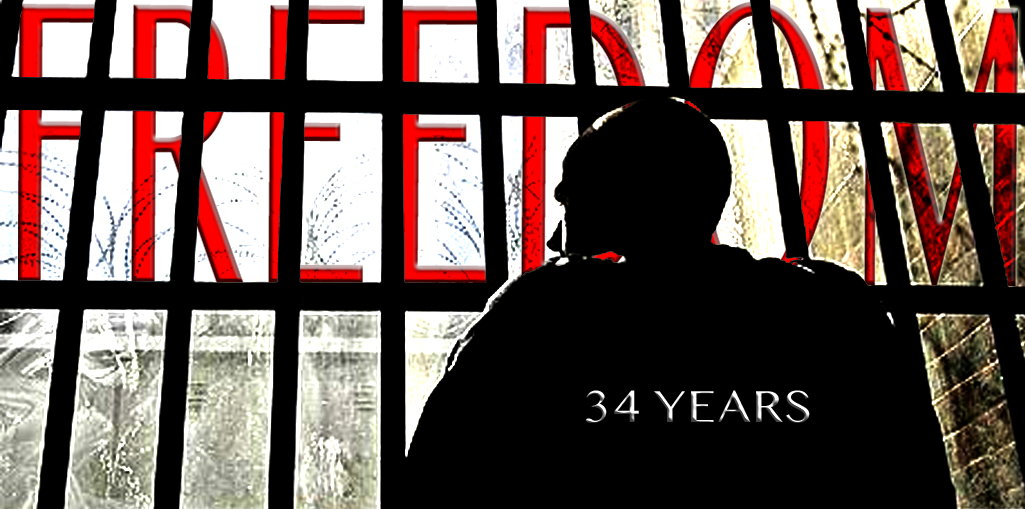Can a witness testify from the grave? Of course not, right? Well, it turns out that sometimes a deceased witness can testify in a court of law. As absurd as this sounds, the recent murder case of People v. Quintanilla dealt with this issue.
In this case, Quintanilla allegedly shot his girlfriend once killing her. A day after the shooting, the police visited Quintanilla’s house, where he was arrested. During his trial, the prosecutor brought many witnesses into court who spoke about Quintanilla’s relationship with the victim. Much of this testimony related past conversations with the victim before she was killed where she complained about his abuse. Using this evidence, the jury found Quintanilla guilty of first-degree murder and he was sentenced to 50 years to life in prison.
The victim, Quintanilla’s now deceased girlfriend, made prior statements about her fear of Quintanilla that were used in court against him. This type of in-court testimony relating out of court prior statements is known as hearsay, evidence given by a witness about another person’s statements (Evid. Code, § 1200, subd. (a).) Hearsay is usually not allowed in courts because this testimony cannot be cross-examined. In Quintanilla’s case, the many witnesses that talked about his abusive relationship with the victim provided hearsay evidence because they provided statements made from someone, the deceased victim, who could not be cross-examined. There are rules, however, that sometimes allow hearsay statements. The prosecutors used a rule known as the forfeiture by wrongdoing. This exception to the rule that hearsay statements are not allowed occurs when the defendant attempts to prevent a witness from testifying, sometimes by even killing the witness (Evid. Code, § 1390, subd. (a).) Under the forfeiture of wrongdoing rule, the prosecutors convinced the judge that Quintanilla killed his girlfriend, so she could not testify about his history of domestic violence. After the court found Quintanilla guilty, his lawyer on appeal successfully argued that there wasn’t enough evidence that Quintanilla killed his girlfriend in order to prevent her from testifying against him. In order for the statements from the grave to come into evidence, under the forfeiture by wrongdoing theory, there must be sufficient evidence that the motive for the killing was to prevent the person who made the statement from testifying. The prosecutor didn’t do that and as a result the statements of the girlfriend should not have been presented to the jury. As a result, the California State Court of Appeals reversed the conviction against Mr. Quintanilla. If he is to be convicted in his new trial it will have to be done without his girlfriend’s statements accusing him of abuse.
 Orange County Criminal Defense Lawyer Blog
Orange County Criminal Defense Lawyer Blog




 On November 8, 2013, the Los Angeles Times had a headline that read, “34 year wait for justice is over”. The defendant,
On November 8, 2013, the Los Angeles Times had a headline that read, “34 year wait for justice is over”. The defendant,